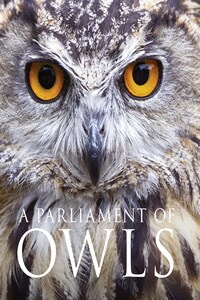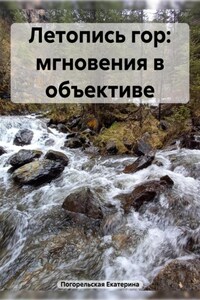TONY ANGELL
Author and Illustrator of The House of Owls
I have had the pleasure of living in the company of owls for most of my life. I have sketched, painted, carved, modeled, and written about them. My creative response has certainly contributed to my understanding of owls, but despite such familiarity they remain mysterious to me. Ironically, the more I learn about their behavior, physiology, and beauty, the more enigmatic they become. One discovery leads to another! In this well-written and beautifully photographed book, Mike Unwin and David Tipling have gained considerable ground in solving some of the mysteries.
Among the 240 species of owls are birds that are astonishing in their contrasts and capabilities. From the past and even to this day cultures around the world both revere and fear them. They range in size from the diminutive Elf Owl, weighing little more than a hen’s egg and no larger than a song sparrow, to the enormous Blakiston’s Fish Owl, larger than many eagles and equally powerful. Owls are versatile hunters; their prey can range from scorpions and termites to crocodiles and king salmon. Some owls scamper road-runner style to capture prey, whereas others snatch a meal from the air. Their habitats range from alpine mountains and subzero Arctic tundra to lowland deserts, tropical jungles, and isolated islands. They are equipped with unique sensory apparatus: some owls can hear, locate, and capture their quarry, even if it is concealed beneath a layer of snow or ground litter. Their nocturnal habits require a visual acuity allowing them to detect movement and shape in light conditions equivalent to a blackout.
By grouping the selection of owls geographically within six bioregions, Unwin and Tipling enable better appreciation of their unique adaptive capacities. I found I was on a worldwide tour and savoring each species group! Descriptions of the owls that occupy the vast archipelago of the South Oceanic Islands were particularly fascinating, because many of them are endemic. The Palau, for example, has a range of only 170 square miles (440 sq km). Compare this limited range with the Northern Hawk Owl, which occupies portions of the millions of square miles of the boreal forest of the northern hemisphere.
Many owls are uniquely adapted to their habitats, which are vulnerable to the ever-expanding effects of human intrusions. Climate change certainly looms large as one effect, but others are even more direct and immediate. Pesticides remain a threat, because they travel up the food chain to weaken owls or kill them outright. Birds hunting along the highway borders are routinely killed in collisions with vehicles. Expanding agriculture and forestry remove and fragment land and wooded habitat. Feral and invasive animals compete with or kill owls. For example, in the Pacific Northwest, the population of Northern Spotted Owls continues to decline nearly three percent each year and not just as a result of the fragmentation of its old growth habitat. Within the past half century, the aggressive, opportunistic, and adaptable Barred Owl has moved west across North America to invade the compromised forests of the Pacific Northwest. In doing so, the Barred Owl has displaced and even killed the Northern Spotted Owl. The solution has been to remove the Barred Owls lethally, but this solution may be futile if there is continued fragmentation of old growth forests without restoration.








